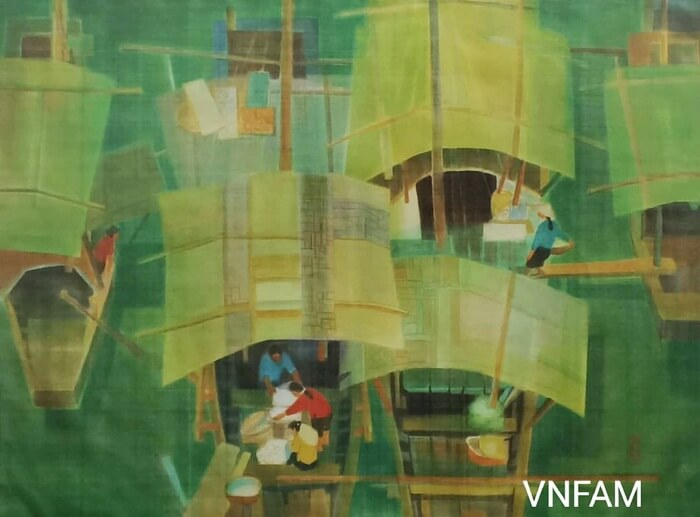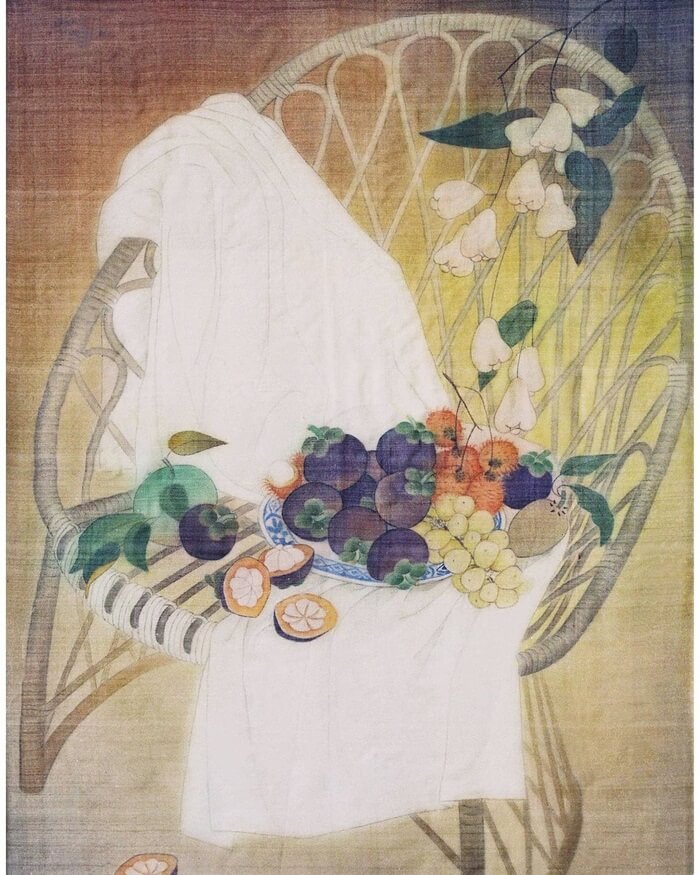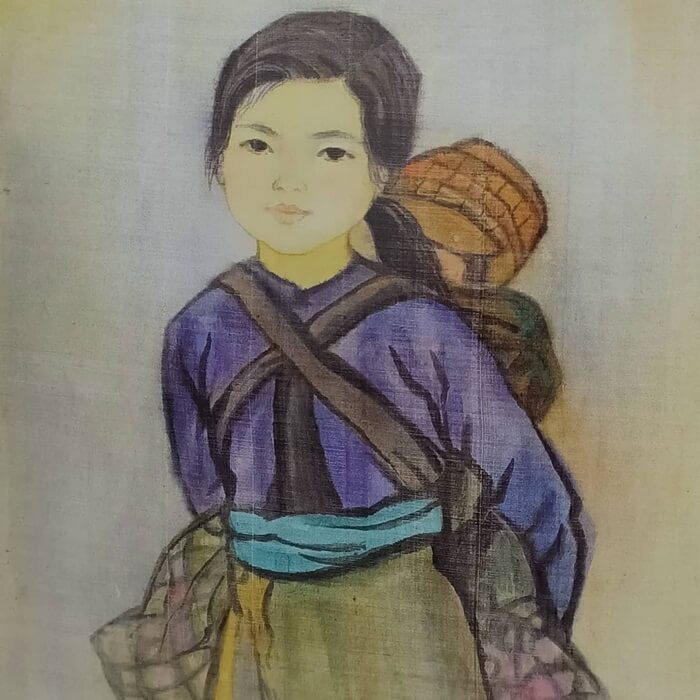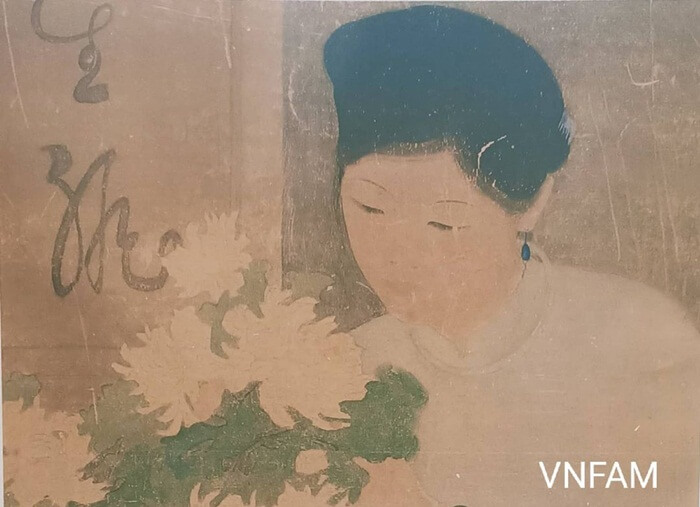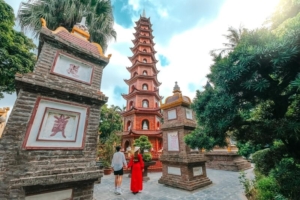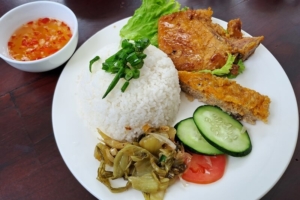Silk painting in Vietnam is a unique artistic creation by artists who use silk as a painting material.
Only in the art of painting in Vietnam and the world is silk painting called its name according to the background material, not according to the material painted on it.
Silk contributes to the mild feeling of the work shown by its soft, absorbent, elegant, and fade-resistant characteristics.
Want to hire a skillful painter to draw photos for your house or office?
- Draw beautiful pictures for the living room or bedroom
- Create impressive painting images for offices or restaurants
Anywhere you are, we can connect you with a painter in Vietnam. Please send a message via Whatsapp: +84 934 889 667
Material of silk painting
Of course, silk is the primary material used in silk painting. Vietnamese painters often use silk to represent their works. However, because it is handmade, Vietnam’s silk has rough – rustic types, and there are tiny and smooth fibers. Each type of silk will create a different effect when presenting the work.
On the contrary, Chinese silk has the same horizontal and vertical lines. That feature makes it easy to show light and dark when painting on Chinese silk, but the feeling will not have the maximum depth desired by the artist.
Also, Chinese silk is relatively thin, so its ability to absorb water is limited. When painting, the silk must be wet; if left to dry, it will become hard, opaque, and residue. Therefore, this silk limits the genre of work to be shown. It seems suitable for cheering paintings but is difficult for works that are washed and painted often.
Currently, the silk commonly used by Vietnamese painters is the silk of Quan Pho village (Chuan Ngoai commune, Duy Tien district, Ha Nam province, Vietnam). It is woven entirely of worm silk, so it feels durable, has a strong texture, and is good at absorbing color.
Quan Pho silk is handmade, so its texture is varied, different in size, uneven, and thicker. These factors make it easier to repeatedly brush on silk, making work easier according to each artist’s feelings, emotions, and techniques. The strokes are bold-light, thick-thin, shallow-deep, and blurred, suitable for unpredictable changes in this silk.
Therefore, selecting suitable silk material is essential in creating silk paintings in Vietnam to express the painter’s aesthetic emotions.
Next is the material of the paint. Watercolor is the most popular color in this type of painting. In the past, colors painted on silk were handmade by nature, such as black from bamboo charcoal ash, green from indigo leaves, yellow from flowers crushed and filtered for water or wine wood, and white from small shells ground.
These natural colors are durable, often have a low level of feeling, and are not as bright as modern colors. Therefore, modern powder colors, pastels, and watercolors are needed to represent a variety of works for the increasing demand for composition in today’s life.
>> You may want to see another typical Dong Ho painting.
Vietnamese silk painting technique
Although there is no limit to the material and color shown on silk, each artist will search for and choose a color model suitable for their creative work.
In general, liquid colors with less water can provide a solid effect but need more clarity, depth, and flexibility in the silk painting step. Therefore, watercolor, pigment, or Chinese ink will be easier to create on silk.
First, it should be noted that, unlike oil paint, it is difficult to change once the color has been absorbed into the silk. But silk’s advantages are softness, tenderness, calmness, and depth. To get all these advantages, the artist needs to paint over and over again so that the color slowly permeates as desired.
An advanced technique in silk painting is silk washing or cleaning. The technical requirements are very high, so the color does not fade or splash. The silk washing technique requires the artist to practice a lot and be meticulous in each stage, and the product will meet the requirements. Many people say the silk washing technique is similar to the grinding technique in Vietnamese lacquer.
Next, when performing work on silk requires the artist’s meticulousness. Draw one stroke at a time, from light to dark, possibly overlapping. This is also a way to mix colors directly on the picture. When the color is dry, to remove color residue or soften the color, the artist will use the silk-washing technique mentioned above.
An element to pay attention to when drawing Vietnamese silk paintings is the technique of silk spreading or framing; this can be considered the first stage of conducting painting.
Silk is aligned onto a wooden frame attached with glue or studs. This technique is very convenient for silk washing; however, it has the disadvantage that it is easy to break and slack. Therefore, you should pay attention to creating a solid frame and attaching it carefully.
Another silk-spreading technique is to paste silk on the Formica whiteboard. Many young artists use this easy method. This aligning method can be applied to large-scale silk paintings, and the slack factor is easily released.
With a basic technique of silk painting, it is necessary to pay attention to the gaps in the picture, all of which are colored to protect the silk from being moldy. This will ensure that the painting has a longer life.
The artistic expression value of silk painting in Vietnam
Like other painting types, the artist’s creativity is the first expressive value. Each artist has different abilities and views about people, things, and life, which they express differently in each silk painting.
Based on the general artistic requirements of the layout, painters often rely on the softness and thinness of silk to enhance expression in silk paintings.
Accordingly, the perspective and execution of the drawing will be different. Light-dark skills and rising parts are rarely used in silk paintings like oil paintings. Bold or sharp strokes are carefully considered so that when viewers are close or far away, they can most deeply feel the content of a picture that the author wants to say.
Another value of artistic expression is the bare spaces in silk paintings. Most silk paintings cover a lot of art blanks. This factor helps the artist focus on more specific topics and express the main subject more clearly and concisely in his work.
However, the gaps are not just empty; the authors have to handle them so that the color arrays match each other better, enhancing the main idea of the entire picture. Using blank arrays can help create light and dark, which can make a picture different in its depth.
The unique feature of Vietnamese silk paintings is that they have found a separate color palette for silk, saving colors and a few lines but still creating richness, diverse nuances, and unique and colorful feelings in each work.
Unlike lacquer paintings, silk paintings do not originate from Vietnam. However, many famous Vietnamese painters have contributed outstandingly to developing and elevating silk paintings to world art.
The restructuring and improved techniques in shaping and expressing silk paintings have made Vietnamese silk paintings unique in the international art world.
The randomness and sensitivity in combining painting materials of many Vietnamese painters (such as Nguyen Tuong Lan and Nguyen Phan Chanh) turn silk paintings from an ancient product into a contemporary art full of vitality.
Thus, silk painting is listed as one of the top traditional arts in Vietnam, and it enriches spiritual and artistic life.
